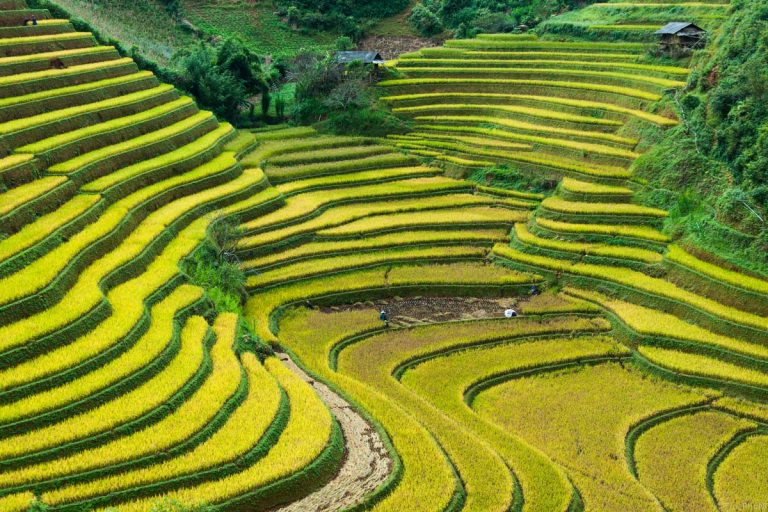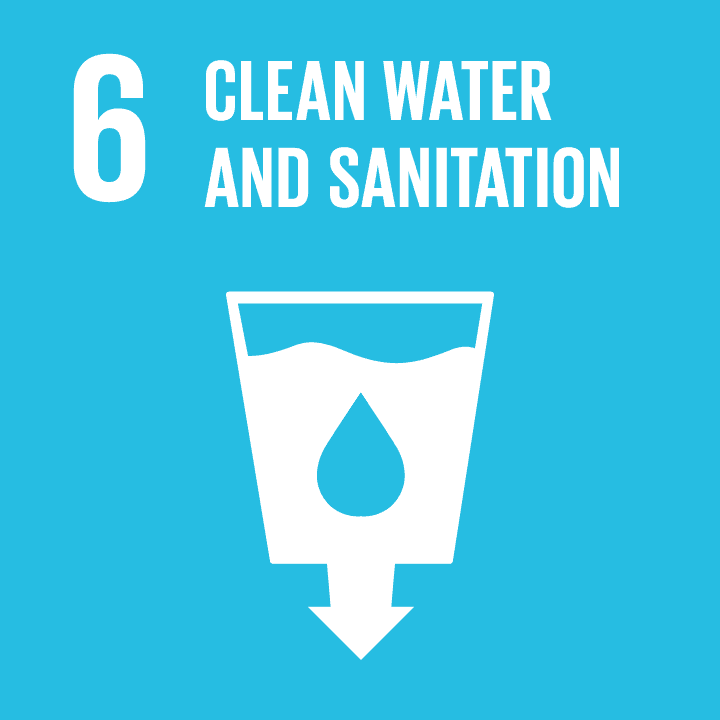Go-with-the-flow
 Photo: © iStock trocphunc
Photo: © iStock trocphunc - Resource Type
- Experiment
- Subjects
- Engineering Physics
- Topics
- Energy Engineering Process
- Time for activity
- 2–3 hours
In this project, students will design a terrace structure, simulating the irrigation system of rice terraces in the real world.
- Introduction
-
Water poured from a bucket will naturally flow towards the ground, just as water in general always flows downhill because of gravity.
Water coming out of a water pistol will travel fast. it is pushed out using force. The speed water travels at depends on the amount of force applied to it. When water is poured into a funnel, the wide part (cup) of the funnel will fill up quickly. That is because water can move faster in the wide area but slows down when it hits the narrow neck. It pushes harder on the sides of the funnel as it moves through the narrow bottom, because as water moves from a wider space to a narrower space the water pressure gets higher.
On the surface of a window, rain will move faster than on a wall. This is because running down a rough surface slows it down due to friction. Gravity affects the direction water flows in. Gravity, force and friction affect water pressure and how fast the water flows.
Water can flow in a number of different ways. The study of how water flows is part of a branch of physics called fluid dynamics. In this experiment, students will observe how water flows observing the motion of a plastic ball. Linking this experiment to a real-life application, students will understand the science behind terrace farming.
The Banaue rice terraces in the Philippines are flat layers carved into the sides of mountains, which allows farmers to grow rice on the otherwise incredibly steep mountain slopes. Amazingly, these structures are 2,000 years old—meaning they were made entirely by hand and without modern construction equipment!
The terraces were watered by an irrigation system (the artificial application of water to plants for agriculture purposes) that channeled water from mountain springs and streams down through the layers. This means the irrigation systems were powered entirely by gravity (the force that pulls things down towards the earth) as the water flowed down the mountainside.
In this project, our goal is to build a model of the Banaue Rice Terraces using some common household materials (Figure 2). The students will design a terrace structure so plastic or wooden beads will be carried down from the top layer by running water, simulating the irrigation system in the real rice terraces. The beads are buoyant, meaning they float in water, because their density (mass per unit volume) is lower than the density of water. They get dragged along because water is viscous, meaning it exerts friction (a force that resists motion) when it flows past or around an object.
Finally, we can use this project to demonstrate the engineering design process. It is unlikely that you will think of an idea for a device, sit down and build it, and have it work perfectly on the first try. Just encourage students to come up with their own designs, test the designs and modify the designs to improve them.
Professional engineers rarely get things right on the first try!
- Key Objectives
-
- Building a model of a terraced irrigation system that uses flowing water to transport plastic beads. Beads start in the top layer and must flow through each lower layer until they are retained in the bottom layer.
- Understanding the properties and nature of water.
- Understanding the type of flow used in and the science behind terrace farming.
- Guiding Questions
-
- What determines if an object will float in water?
- How were rice terraces irrigated without the use of electricity or modern equipment?
- Why does water stay liquid over a large temperature range? How does it help living things?
- Does floating ice help animals in nature? If so, how does it help?
- What does laminar flow mean?
- What purpose did the terrace farming system serve?
- What is terrace farming and what are its benefits?
- How does terrace farming reduce erosion?
- What are the disadvantages of terrace farming?
- What is the importance of terrace farming?

/rating_on.png)
/rating_half.png) (16 )
(16 )



